Reveal the Role Art Plays in Cultures with a Minor in Art History
Develop a discerning eye for art, an appreciation of the artist’s relationship to the world in which they live, and make connections between past and present.
Why study Art History at St. Edward's?
Take your knowledge to the next level by studying a range of topics including censorship, the art market and the role of museums.
Combine your passions
Pair your Art History minor with a major in another area of Visual Studies or a subject like Business or Communication. Turn your passion for art into a career as a gallery director, curator, museum administrator or public-art program coordinator.
Tailored toward your success
St. Edward's small course sizes allows for the personal attention your studies need to ensure your success. The Art History minor focuses on both a global and interdisciplinary studies so you can apply you knowledge to career path. The Art History minor also has a strong emphasis on context—material, artistic, socio-political and economic understanding.
What do our graduates do?
Students who complete the Art History minor have gone on to the following:
- Gallery directors and curators
- Nonprofit art organizations
- Master's degrees in art History, Curatorial Studies, Arts Administration, and other related degrees
- Archival and other work with material culture including handling
- Art Assessors
- Various galleries an museums from Los Angeles, to Dallas and NYC
- Significant purveyor of Contemporary Art resources
- Legal resources for artists or related to indigenous cultural materials
Explore details about a minor in Art History.
Required Courses (18 hours)
Students who wish to earn an Art History minor must take the following coursework with at least nine (9) hours of upper-division coursework.*
- Art History I
- Art History II
- Modernists + Others –or– Topics in Contemporary Art
Students select three elective courses from among Topics in Art History (repeatable), History of Photography, PHIL 3310 (Aesthetics), and either Modernists & Others –or– Topics in Contemporary Art (whichever not taken for the required 9 credits).
Are you a current student? Contact your advisor for next steps on declaring your major or minor.
*Art Majors (already taking 12 of these credits for the major) must take an additional three (3) credits in electives to fulfill university requirements for minors.
Through the Art History minors, students have access to local art, artists, exhibitions and art programs for critique experience. Students have also used local internships in galleries or museums toward their minor.
At St. Edward’s, our faculty are outstanding scholars, thought leaders, teachers and mentors who bring energy and enthusiasm to our vibrant learning community. They take pride in getting to know you, helping you achieve your goals and celebrating your successes.
View a list of our faculty members and their contact information on the Department of Visual Studies webpage.
